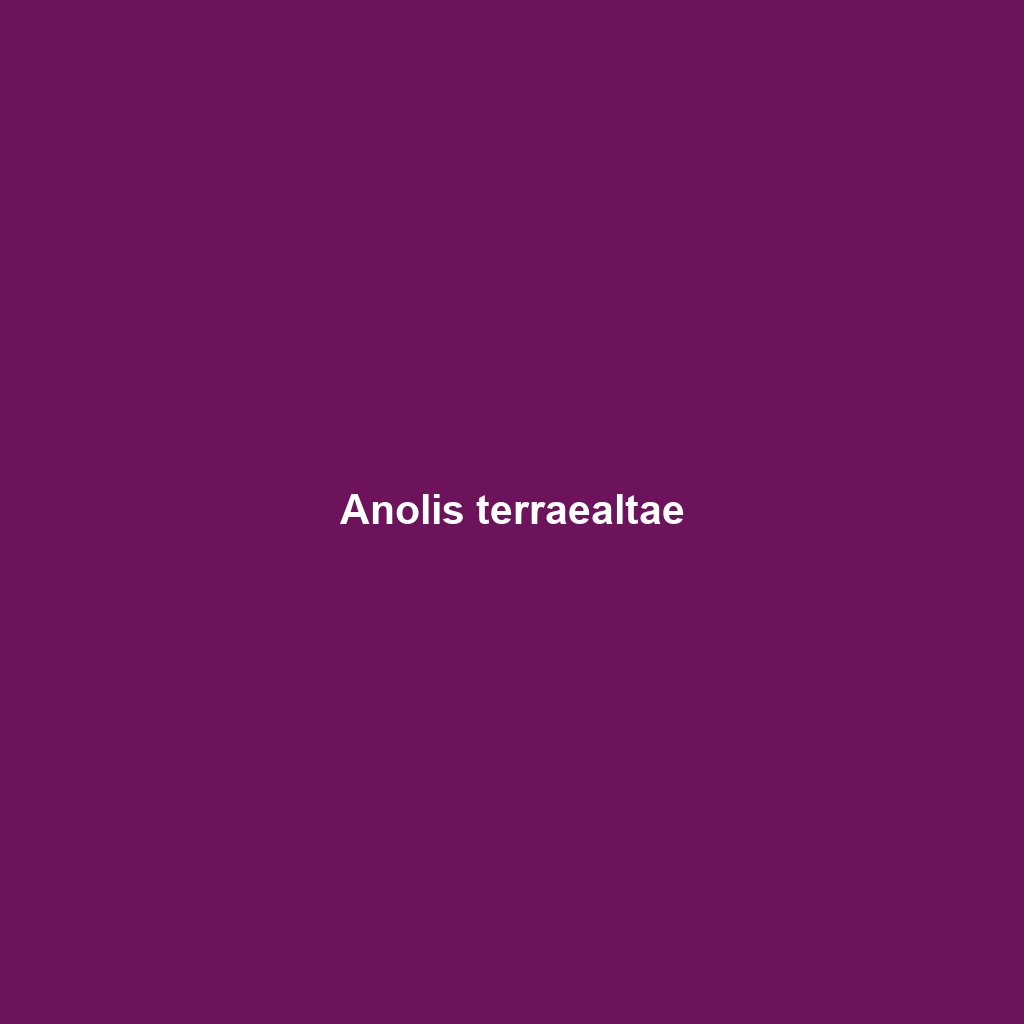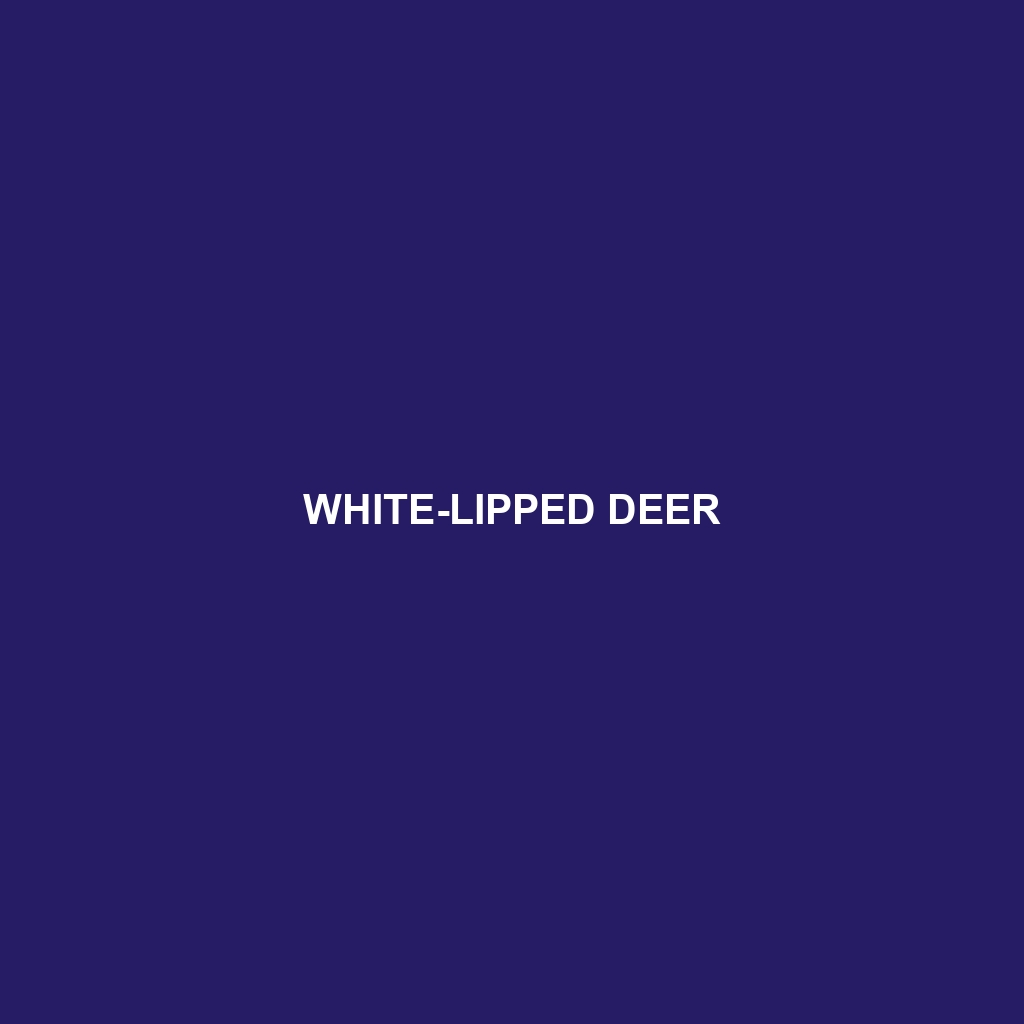Discover the Brachymeles samarensis, an endangered fossorial species native to the tropical forests of Samar Island in the Philippines, showcasing a unique adaptation for a subterranean lifestyle with a distinctive brown to dark green coloration and notable nocturnal behaviors. This vital ecosystem contributor thrives on small invertebrates while playing a crucial role in soil aeration and nutrient cycling.
Tag: ecological research
Brachymeles elerae
Discover the fascinating Brachymeles elerae, a vulnerable skink native to the Philippines, known for its nocturnal habits, unique adaptations for navigating leaf litter, and important role in the ecosystem as both predator and prey. With its slender body, earthy coloration, and ovoviviparous reproduction, this species highlights the rich biodiversity of moist lowland forests.
Anolis vaupesianus
Experience the vibrant Anolis vaupesianus, a striking lizard from the Amazon Basin, known for its slender body, prehensile tail, and territorial displays. With a diet primarily consisting of insects and a vital role in maintaining ecological balance, this species is recognized as vulnerable due to habitat loss.
Anolis tetarii
Discover the vibrant Anolis tetarii, a medium-sized lizard native to the tropical forests of the Caribbean, known for its striking color variations and unique dewlap displays. Anolis tetarii plays a vital role in its ecosystem by controlling insect populations and serving as a food source for larger predators.
Anolis terraealtae
Discover the vibrant Anolis terraealtae, a medium-sized lizard native to the lush forests of Central America, featuring striking green and brown coloration, a large dewlap for communication, and a diet primarily consisting of insects. This adaptable species is vital to its ecosystem, controlling insect populations while serving as prey for larger predators.
Andinosaura crypta
Discover the Andinosaura crypta, a vibrant green and brown lizard native to the montane forests of Colombia and Ecuador. With a diet primarily consisting of insects, this intriguing species is known for its unique arboreal behavior and plays a vital role in maintaining ecological balance within its high-altitude habitat.
White-lipped Deer
Discover the intriguing world of the Bawean Deer (*Axis kuhlii*), an endangered species native to Indonesia's Bawean Island. With its striking reddish-brown coat and social behavior, this medium-sized herbivore plays a crucial role in its rainforest habitat, contributing to plant diversity and nutrient cycling. Learn about their unique characteristics, breeding habits, and the conservation efforts needed to protect this culturally significant and ecologically vital species.
Noack’s Leaf-nosed Bat
Discover the fascinating world of Noack's Leaf-nosed Bat (*Hipposideros pomona*), a vulnerable species native to Africa's diverse ecosystems. With their distinctive leaf-shaped noses and nocturnal behaviors, these bats play a crucial role in pest control and serve as bioindicators of environmental health. Explore their habitat, diet, and conservation challenges in this insightful blog post.
Large Mindoro Forest Mouse
Discover the fascinating world of the **Large Mindoro Forest Mouse** (<i>[Insert Scientific Name]</i>), a vulnerable species native to the lush landscapes of Mindoro Island, Philippines. This nocturnal rodent plays a crucial role in seed dispersal and maintains the delicate balance of its forest ecosystem. Learn about its unique physical characteristics, dietary habits, and the conservation efforts aimed at protecting its habitat from deforestation.
Yunnan Field Mouse
Discover the fascinating world of the Yunnan Field Mouse (Apodemus chevrieri), a small but significant mammal native to the mountainous regions of southwestern China. This nocturnal creature thrives in temperate forests and grasslands, showcasing unique physical characteristics and a varied diet that includes seeds and insects. Sadly, classified as vulnerable due to habitat loss, the Yunnan Field Mouse plays a crucial role in its ecosystem, aiding in seed dispersal and serving as prey for local predators.









